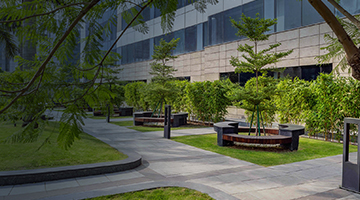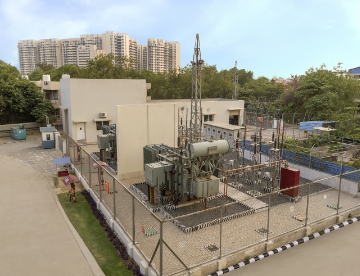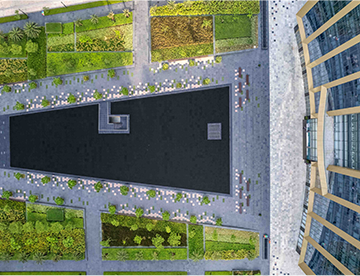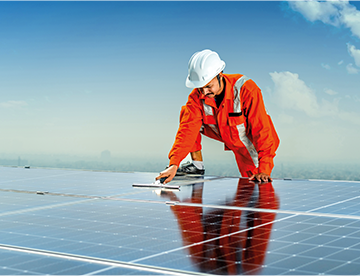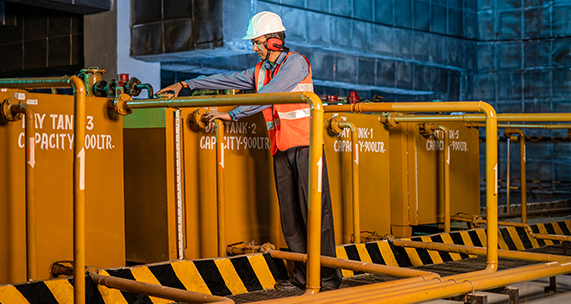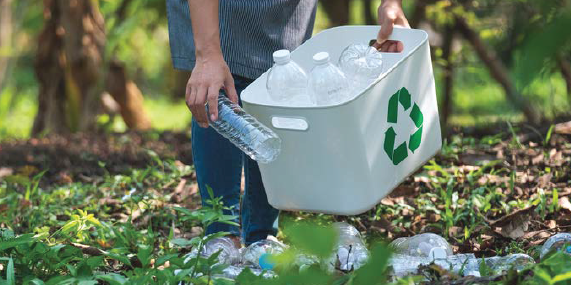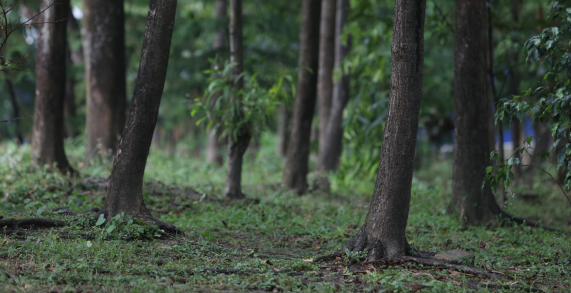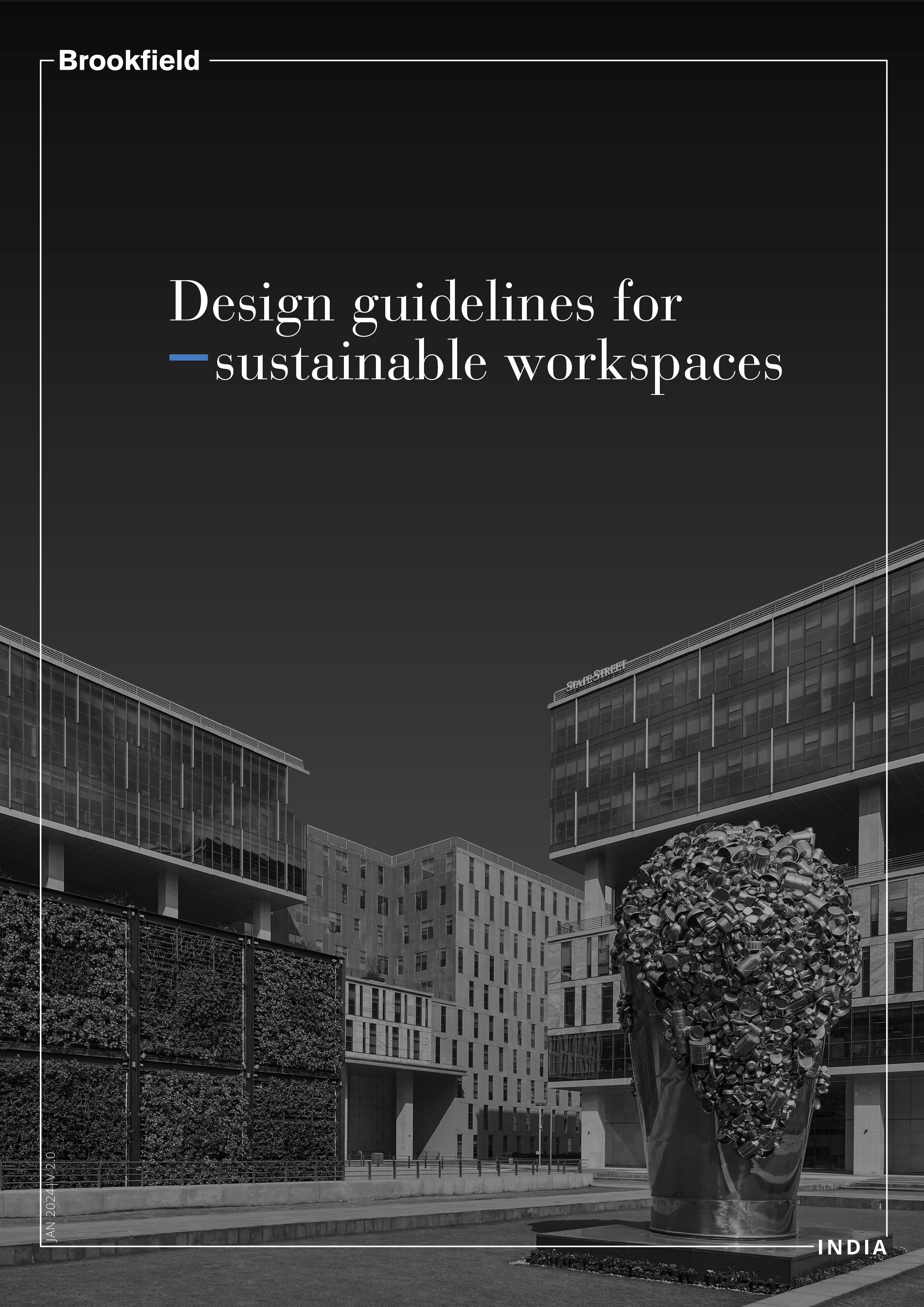- About Us
- Portfolio
- At a Glance
- Our Presence
- Our Advantage
- Gallery
Our Properties
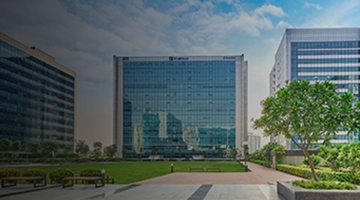
- Investors
- ESG
- Videos
- Media
- Contact Us
×
- Home
- About Us
- Portfolio
- At a Glance
- Our Presence
- Mumbai
- Gurugram
- Kolkata
- Noida
- New Delhi
- Ludhiana
- Our Advantage
- Gallery
Our Properties
- Investor
- ESG
- Videos
- Media
- Contact Us




